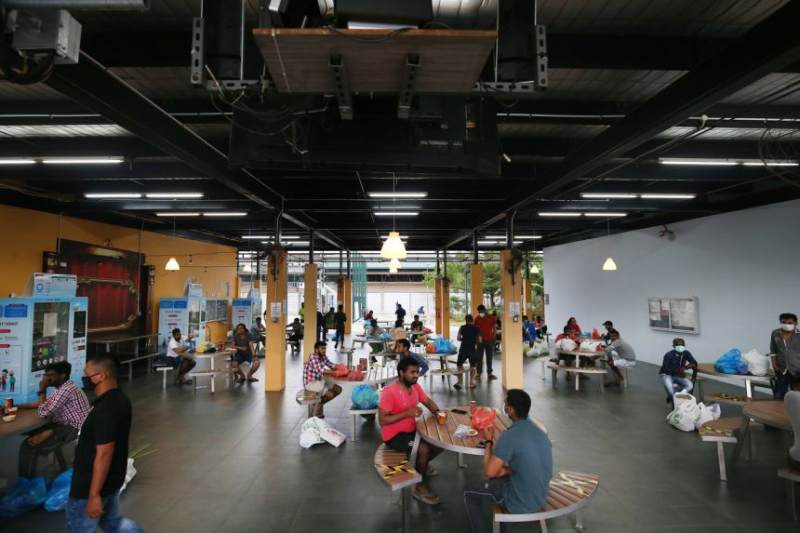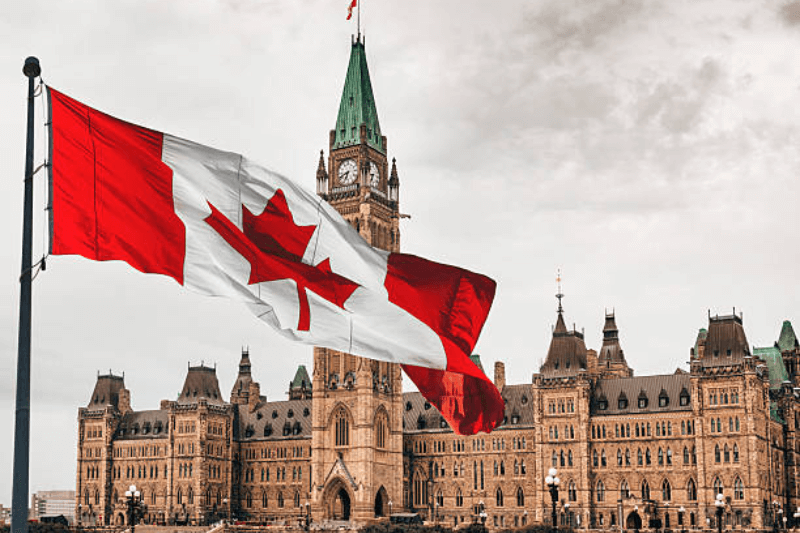
Restrictions eased for migrant workers in Singapore dorms
Last updated on December 14th, 2020 at 06:11 am
Migrant workers in Singapore: Singapore’s government has approved migrant workers in dormitories to use communal facilities
The Singaporean government has gradually eased the restrictions on migrant workers in dormitories as COVID-19 infections have plunged in the country. On Thursday, Tung Yui Fai, chief of the Ministry of Manpower’s Assurance, Care and Engagement (Ace) Group, had stated that the threat of COVID-19 cases reappearing in the migrant workers’ dormitories has gradually reduced, following which the authorities took the decision to ease precautionary restrictions.
As per new protocols, migrant workers from selected dorms will be provided regular catered meals on their work days in addition to the provision of using communal cooking facilities on rest days to make their own food.
Furthermore, they have been allowed to use recreational facilities such as gymnasiums and sports grounds on their rest days, in accordance with the regulations of the dormitory operators.
As per media reports, Singaporean authorities have been easing the COVID-19 preventive restrictions in a calibrated manner since November.
However, the authorities are yet to decide a time frame for allowing these migrant workers to return to the community. According to Tung Yui Fai, migrant workers’ return will depend on various factors, including the effective operation of contact tracing. To carry out contact tracing, migrant workers living or working in dorms and other sectors will have to be equipped with a contact tracing device known as BluePass tokens. Singaporean authorities are providing migrant workers with these devices that allow them to exchange information with each other.
The Singaporean government had imposed restrictions on more than 300,000 migrant workers living in dormitories in April in line with the nationwide efforts to contain the COVID-19 pandemic in the region. These migrant workers, who have travelled from countries like Bangladesh, India and China, are living in crowded dormitories that house a dozen or more men in a single room. Evidently, these migrant workers’ dormitories became the epicentre of the COVID-19 pandemic in Singapore, noting that more than 90 percent of all cases lived in the dorms.
By March, authorities implemented movement restrictions and staggered timings for entry and exit and using the common facilities across various dormitories.
In April 2020, Manpower Minister Josephine Teo has announced a three-pronged strategy to contain the spread of the virus transmission in all dormitories, under which they were put under lockdown. At the same time, workers who tested positive for COVID-19 and people who came in their contact would be put in isolation and healthy and essential workers would be shifted to alternative facilities including empty housing blocks and military camps.
Last month, the government announced that the closure of the last COVID-19 cluster in a migrant worker dormitory, indicating that there are no active clusters in the country now. Meanwhile, the authorities will continue to ensure measures to combat the spread of the COVID-19 pandemic in the island nation.



